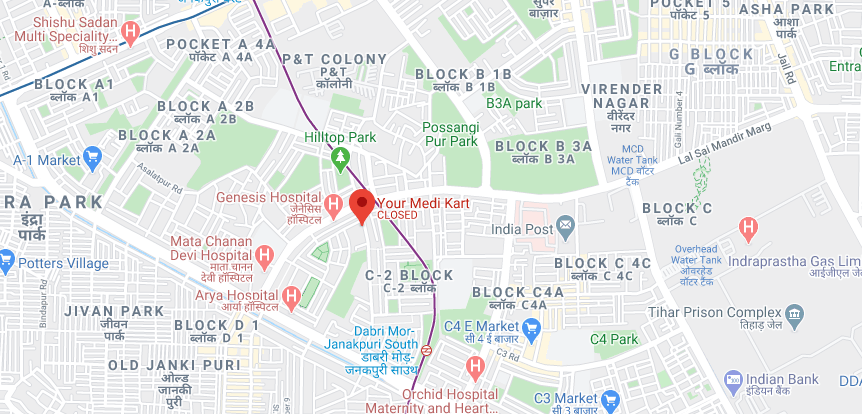The difficulty arises when a patient who is both diabetic and alcoholic presents with hyperglycemia and ketoacidosis. If you or someone else has symptoms of alcoholic ketoacidosis, seek emergency medical help. People with this condition are usually admitted to the hospital, often to the intensive care unit (ICU).

Treatment generally involves the administration of intravenous fluids, electrolytes, and thiamine. It is also essential to consider and address any co-occurring conditions, such as lactic acidosis or shock. A comprehensive approach, often managed by an interprofessional medical team, is vital for the effective treatment of AKA. Furthermore, individuals with AKA may also suffer from abdominal pain, nausea, vomiting, and diarrhea. The metabolic disturbances caused by AKA can lead to serious complications such as hypotension (low blood pressure), tachycardia (rapid heartbeat), and potentially fatal cardiac arrhythmias due to electrolyte imbalances. It is paramount for individuals displaying these symptoms to seek medical attention promptly, as AKA is a medical emergency that requires immediate care.
Alcoholic ketoacidosis: definition and clinical features
Alcoholic ketoacidosis is attributed to the combined effects of alcohol Alcohol Toxicity and Withdrawal Alcohol (ethanol) is a central nervous system depressant. Large amounts consumed rapidly can cause respiratory depression, coma, and death. Read https://ecosoberhouse.com/ more and starvation Overview of Undernutrition Undernutrition is a form of malnutrition. (Malnutrition also includes overnutrition.) Undernutrition can result from inadequate ingestion of nutrients, malabsorption, impaired metabolism, loss…
In patients suspected of having alcoholic ketoacidosis, serum electrolytes (including magnesium), blood urea nitrogen (BUN) and creatinine, glucose, ketones, amylase, lipase, and plasma osmolality should be measured. Patients who appear significantly ill and those with positive ketones should have arterial blood gas and serum lactate measurements. Moreover, chronic alcohol consumption can also lead to alterations in the metabolism of other macronutrients, exacerbating the metabolic imbalance. Alcohol’s interference with lipid metabolism can prompt alcoholic steatosis, while its impact on carbohydrate metabolism can impair gluconeogenesis, further destabilizing blood glucose levels. Additionally, alcohol metabolism in the brain has been linked to changes in gene expression, through mechanisms such as histone acetylation. To date, no extensive studies have been performed in the forensic field focusing on the metabolic and endocrine disorders that characterize the syndrome of alcoholic ketoacidosis and can be detected by postmortem biochemical investigations.
Chapter 4-4: Alcoholic Ketoacidosis
Another critical sign is an altered mental state, ranging from mild confusion to severe agitation. In some cases, individuals may experience cardiac arrhythmias as a result of electrolyte disturbances, which can be life-threatening if not promptly addressed. AKA can be differentiated from other types of ketoacidosis, such as diabetic ketoacidosis, by its association with alcohol alcoholic ketoacidosis symptoms use and specific symptoms like extreme thirst and a history of recent vomiting. Common symptoms of Alcoholic Ketoacidosis include abdominal pain, nausea, vomiting, and general malaise. These symptoms can mimic those of other serious conditions, making AKA a diagnosis of exclusion that requires a careful medical assessment to rule out other life-threatening pathologies.
- However, it should be emphasized that lactic acidosis can barely be diagnosed in the postmortem setting in the absence of consistent antemortem clinical data.
- Acetic acid (an acyl group carrier) is linked with coenzyme A (a thiol) to produce Acetyl-CoA.
- If your doctor suspects that you’ve developed this condition, they may order additional tests to rule out other possible conditions.
- In the clinical setting, increased blood free fatty acid levels have been observed in patients with diabetic ketoacidosis and starvation ketosis, albeit possibly not as much as in patients with alcoholic ketoacidosis (Fulop, 1979).
Cortisol elevations may promote lipolysis and ketogenesis, but this finding cannot be considered specific since hypercortisolemia is common in many acutely ill patients. In chronic alcoholics, increased blood cortisol levels may be due to anxiety, aggressiveness and agitation that can be observed during the alcohol withdrawal (Fulop, 1979). In the postmortem setting, elevated cortisol levels in both postmortem serum and urine have been formerly described in hypothermia fatalities (Bańka et al., 2013; Palmiere et al., 2013c). Diagnosis of AKA typically requires laboratory tests, such as arterial blood gas (ABG) measurements and serum chemistry assays, to confirm the presence of an elevated anion gap metabolic acidosis and elevated serum ketone levels, with normal or low glucose concentrations. The presence of ketones in the bloodstream is a hallmark of the condition and is indicative of the body’s shift to fat metabolism due to insufficient glucose availability. Confirmation of the diagnosis includes laboratory tests that reveal metabolic acidosis with elevated beta-hydroxybutyrate levels and an increased anion gap.
When to Contact a Medical Professional
Isopropyl alcohol may be considered a marker of ketoacidosis and a product of acetone metabolism in clinical conditions presenting ketonemia. Though sudden unexplained deaths in chronic alcohol abusers with hepatic steatosis, also reported as fatty liver-related sudden deaths, had been commonly reported by pathologists worldwide over the years, the pathogenesis remained unclear. Low or undetectable blood ethanol levels were frequently measured in these cases, raising the question of whether the fatal outcome was related to the metabolic consequences of ethanol withdrawal. The difficulties in establishing the pathogenesis of death with precision in such situations were mainly attributed to two factors. Firstly, most of these cases were not witnessed, contributing to the paucity of clinical information. Variably severe metabolic acidosis with an increased anion gap is generally present.

Alcoholic Ketoacidosis (AKA) is a serious metabolic condition often occurring in individuals with a history of significant alcohol use, particularly those who engage in heavy drinking followed by a period of fasting or starvation. The biochemical cascade leading to AKA begins when the body’s energy reserves are depleted and it starts to metabolize fats as an alternative energy source, resulting in an overproduction of ketone bodies. Several factors contribute to the onset of AKA, including starvation-induced hypoinsulinemia—a deficiency of insulin in the blood—as well as the direct oxidation of alcohol to its ketone metabolites.



